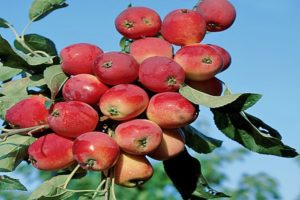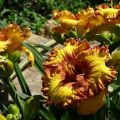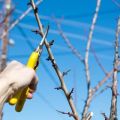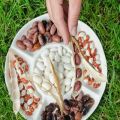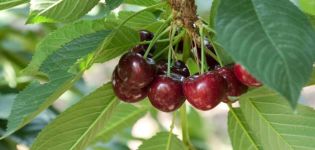What to do if the bark on an apple tree cracks, causes and methods of treatment
Cracks in the apple tree should excite gardeners. A neglected disease will reduce the harvest and, as a result, lead to the death of the tree. The disease easily spreads to other fruit crops and in a short time affects the entire garden. Every gardener needs to know what to do if the bark on an apple tree cracks and how to prevent it. The measures taken on time will help preserve the life of the plant.
Causes and symptoms of bark cracking
If the bark has cracked, you need to quickly figure out why this happened. In early autumn, during the period of heavy rains, shoots begin to grow rapidly. As a result, cracks appear along the entire trunk. This is due to a lack of elasticity. To cope with the problem, you will need to treat the plant with iron sulfate, and then whiten it.
Nutritional imbalance
Cracks appear due to a lack of nutrients and from a lack of moisture. Therefore, the plant needs constant and proper care. Many summer residents exceed the dose of nitrogen fertilizer and violate the timing of their introduction, thereby causing an imbalance in nutrition.
Stem pests
Due to stem pests, the bark bursts. These include:
- woodworms;
- bark beetles;
- sapwood;
- rodents.
Every gardener needs to know how to deal with and prevent pests.
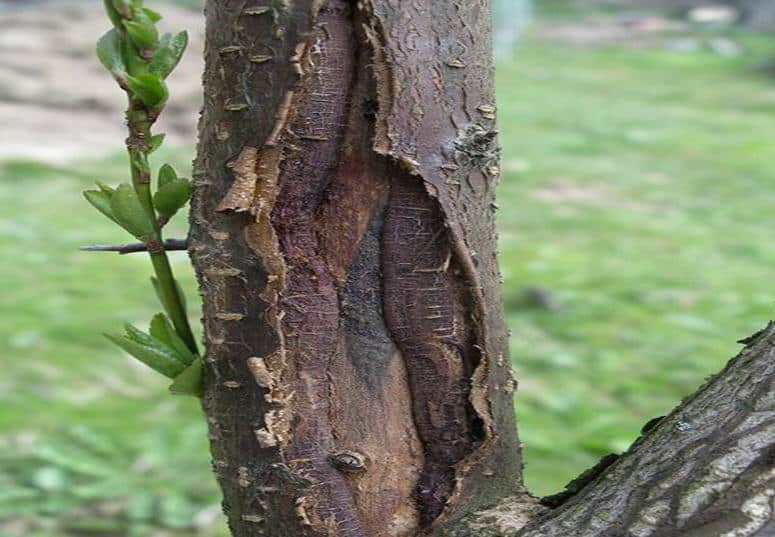
Sapwood beetles
At the moment of sap flow, the beetle gnaws a round hole. Then the female crawls in and makes oblong passages under the surface of the bark and lays the larvae, which gnaw through the transverse passages. As a result, the movement of the sap is disrupted, and the plant begins to ache. In such plants, the bark cracks, and whole branches dry out.
Woodworm butterflies
Insects lay eggs in the summer on the trunk and branches of the plant. The caterpillars that appear bite into the top of the shoot and penetrate under the bark. Their food is wood from trunks and branches. By autumn, the damaged shoots die off.

Physical damage
Relate:
- damage by rodents;
- faults caused by natural disasters;
- branch breakage due to an incorrectly formed crown.
To prevent the trunk from cracking, it is necessary to build a protection against rodents.
Frostbite and burns
If the bark is cracked after the winter season, it could be caused by a dramatic temperature drop. If the crack is longitudinal and there is no darkening around, then the fault is in severe frosts and sunburn. A simple whitewashing of the trunk will solve the problem.
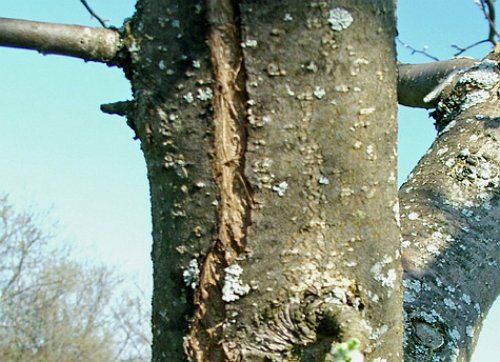
A sign of frostbite is deep cracks and unchanged bark color. The plant heals wounds from frost on its own. In the process of sap flow, the cracks are tightened by the juice that stands out. Therefore, it is not recommended to carry out processing with garden pitch.
Causes and signs of detachment
The cause may be fungal diseases that can be recognized early and the plant can be saved.
Cytosporosis
The disease appears on weakened plants. Reasons for weakness:
- non-compliance with watering regimes;
- poor soil;
- improper feeding;
- mechanical damage.
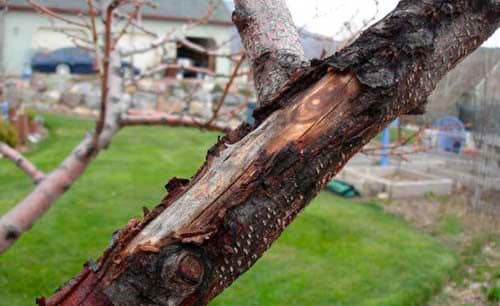
The disease manifests itself in the form of brown-red ulcers, which are initially characterized by a slight darkening. In a short time, ulcers cover a large area of the cortex, while deforming the surface. The bark moves away from the trunk, and the dying branches break off.
Fungal disease leads to the rapid death of the plant. After a maximum of 2 seasons, the apple tree will die.
European cancer
The disease begins with a small spot. In the affected areas of the trunk and deep cracks, nodules are formed. There are 2 forms of cancer:
- Open. The deeply exposed wood is ringed with an influx of tissue formed by the action of fungal toxins.
- Closed. The influx of callus closes the cancerous wound, leaving only a crack filled with decayed mass.

Swellings, tumors and ulcers are surrounded by dark red bumps. Disease arises as a result of wounds resulting from damage to the bark during the pruning process. Plants of any age are affected.
Black cancer
The disease manifests itself in the form of cracks in the bark, which turns black and becomes covered with a sooty blackish bloom. The disease is caused by a fungus that instantly infects the entire tree, including foliage and fruits. For 3 years, the culture is gradually dying.
Treatment is necessary at the first signs of an illness. Otherwise, with a strong spread, it will be impossible to defeat the disease.
To protect the bark, whitewash is applied until the leaves appear, during the period of increased solar activity, which occurs in the last days of March.
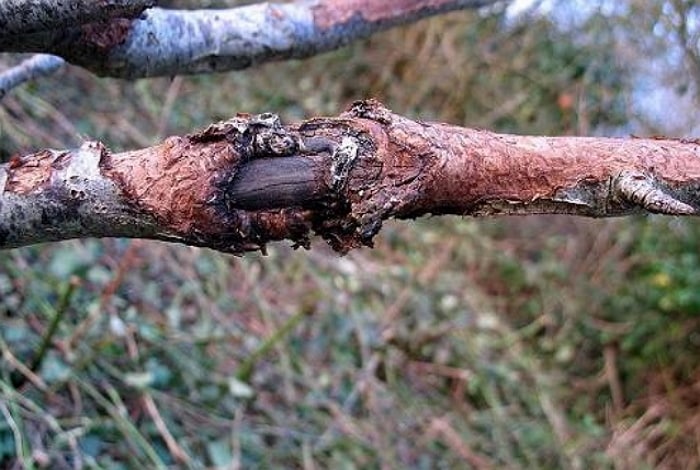
Treatments for young and old apple trees
To avoid the death of a young and old apple tree, it is necessary to carry out treatment on time.
Treatment of areas affected by the fungus
Treatment is carried out when the sap in the plant moves slowly. Otherwise, the highly released moisture will not allow the wounds to heal for a long time and will create ideal conditions for the growth of the fungus. The affected areas are cut off together with a part of the healthy surface and treated with the drug:
- Topsin M;
- Funaben.
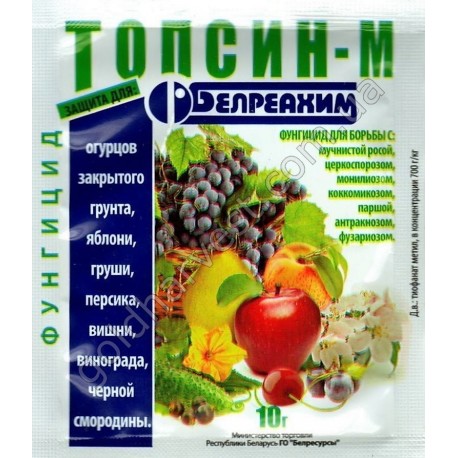
Processing should be carried out in dry weather. Excess moisture will reduce the effect of the drug in wounds.
Spraying with insecticides against pests
Use:
- "Confidor". Valid for a maximum of 20 days. The result is visible after 4 days.
- "Aktara". Works well on hot days, compatible with fungicides. Has a long period of action.
- "Spark". Has a fast action. Apply after 2 weeks. 4 treatments are carried out.
The last time is processed a month before the maturity of the crop.
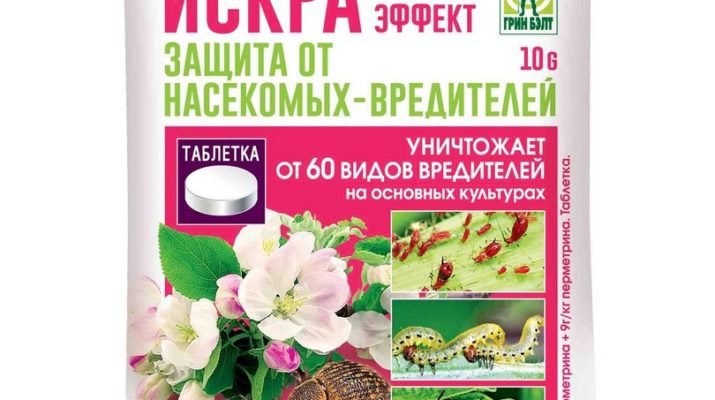
How and how to cure an apple tree from cancer
When a culture is damaged by cancer, it is necessary to cut off and burn all damaged areas and branches on which black spots have appeared. Treatment:
- the wounds are covered with garden varnish, drying oil is also suitable;
- the plant is treated with copper sulfate (3%);
- after flowering is complete, they are sprayed with Bordeaux liquid (1%).
To prevent the disease from appearing on the tree, it is necessary to pay constant attention to the plant. When cracks appear on the bark around the branch, the shoot must be removed completely. This will help get rid of the infection.

Proper care and regular fertilization
To prevent diseases, you need to properly care for the plant:
- In the autumn, remove plant residues around the crop. Dry foliage is a source of infection.
- Make top dressing in a timely manner. Complex fertilization will ensure rapid growth and proper maturation of the wood of the tree. They are fed in spring and autumn.
- Treat damage regularly. The affected areas are cleaned with a knife, while capturing healthy tissue. Then they are disinfected with copper sulfate.
- In autumn, crops are sprayed with fungicides.
- They carry out regular pruning of the crown, remove dry branches.
Preventive measures
For prevention, they treat:
- Copper sulfate. For this, 50 g of powder is diluted in 10 liters of water and sprayed until flowering.
- The drug "Hom". Before the buds swell, the tree is treated with a solution of 10 liters of water and 40 g of the product.
From frostbite, the trunk and skeletal branches are wrapped with a tape made of natural linen and fixed. From rodents, spruce mats are built, with which they tightly wrap the trunk and the lower parts of the branches. As soon as the frosts disappear, the protection is removed.

